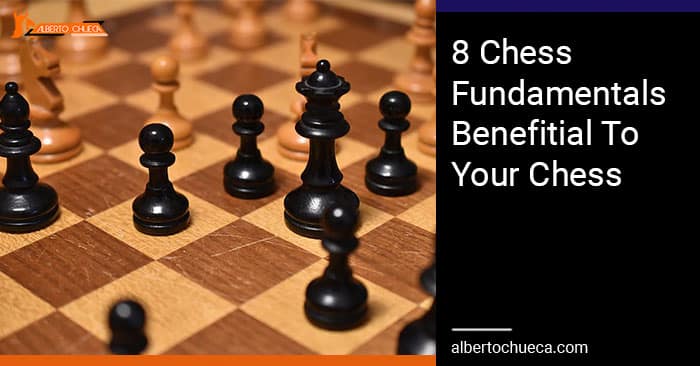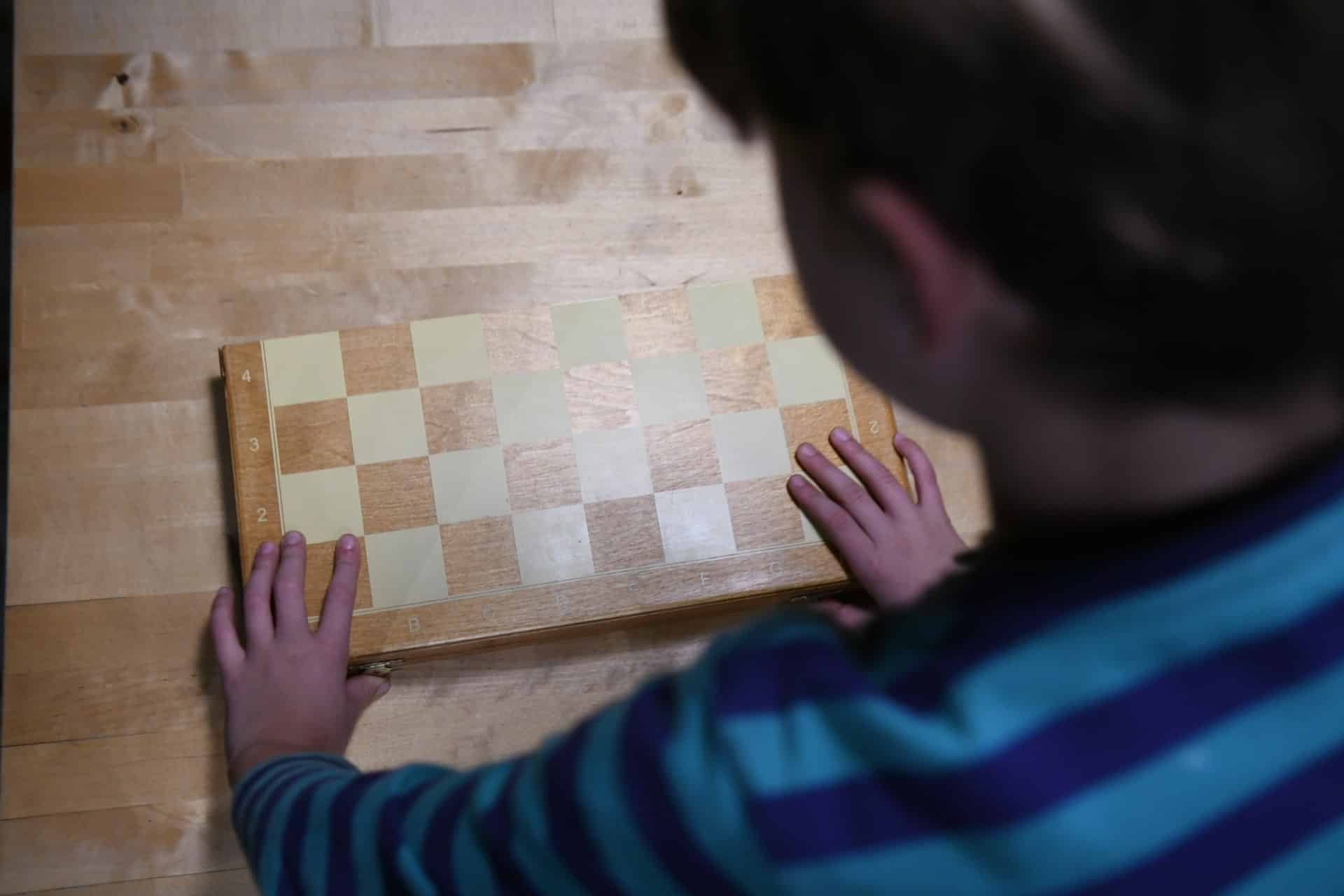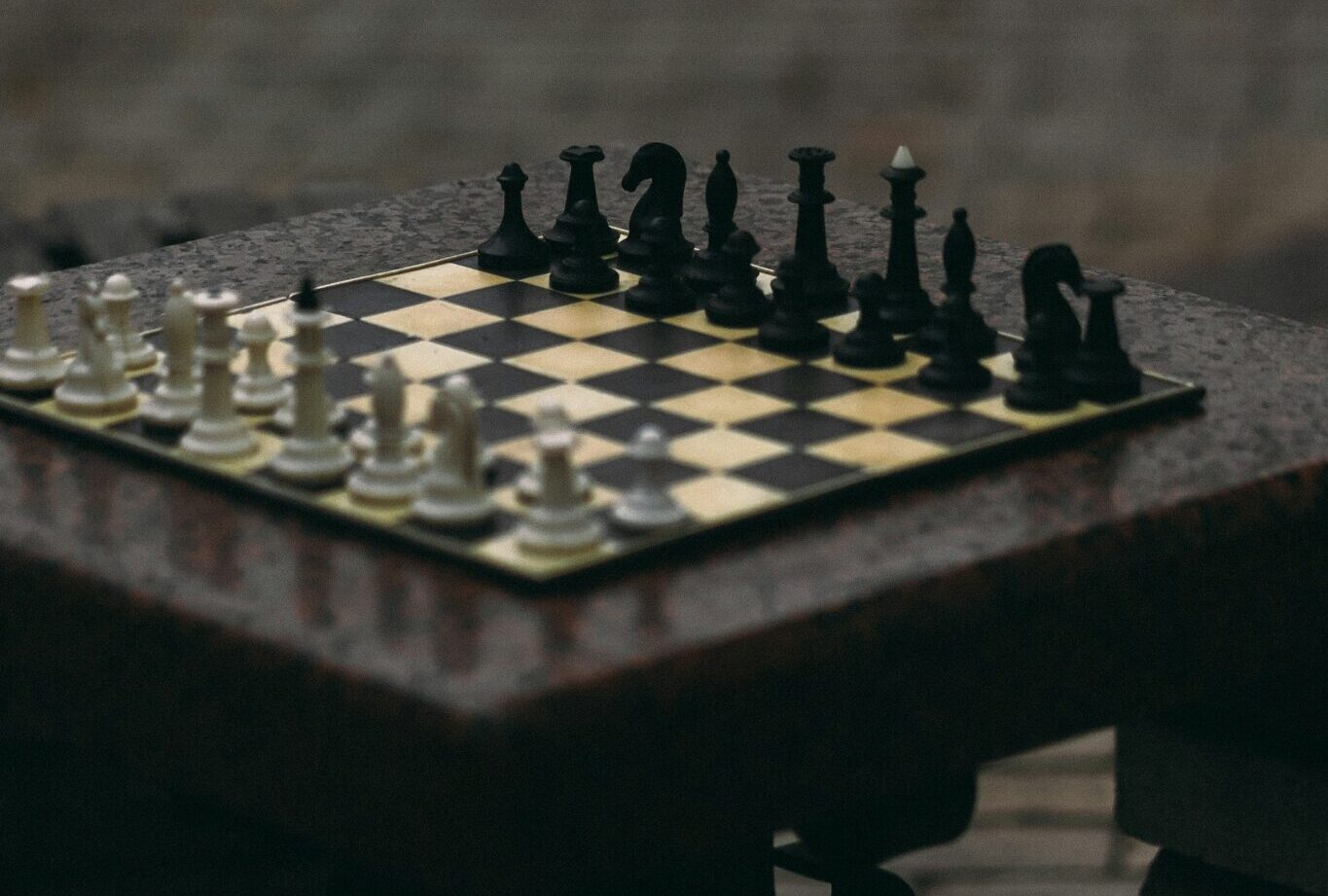Table of Contents
Chess fundamentals beyond the basics
Once we've learned the basics of chess, and what we are aiming for, it's important to learn about basic chess fundamentals. Beginners are taught to take their opponent's pieces, outnumber their opposition, and checkmate. You do have to start somewhere, so good for them! However, in order to truly progress in chess, we need to learn chess fundamentals beyond the basics.
This article has the purpose to go through fundamentals in the opening, middlegame, and endgame stages of the chess game.
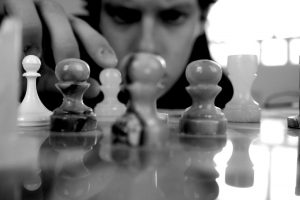
Opening Fundamentals
While the opening should not be the main focus of our improvement, it is imperative that we put forth a good opening so that we have a solid foundation going into the middlegame.
Our first opening principle is to control the center of the board. The position below comes after 1. e4, g6?! 2. d4
When we control the middle of the board, this can really help us influence all sides of the board. While if we only focus on one side of the board, it decreases our flexibility of the position. Also, holding the center with pawns is a great stronghold, because few pieces can step into their territory without fear of being taken.
Our next two opening principles are to develop pieces and castle the King. The next position comes from an Italian Opening, a very common setup we teach beginners.
Notice how White pushes their pawn to e4 (controlling the center), then proceeds to develop their Bishop and Knight (towards the center), then lets the King castle to safety. Speaking of which, we should probably cover the fundamental of King Safety.
You can search for chess opening fundamentals on Youtube. Note how the concepts are all similar.
King Safety Fundamental
As a golden rule in chess, it is VERY IMPORTANT to keep your King safe in the game of chess. Why is this imperative?
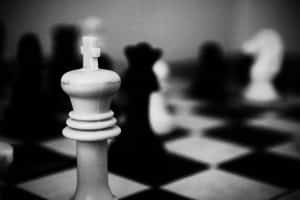
In the opening, which part of the board are we taught to occupy and focus on? The center. Where does the King start on the chessboard relative to the other back row? The center.
If the King remains uncastled, it will be difficult to get the King to safety, AND an attack is more likely.
However, when you castle in chess, you move your King to one side of the board or the other (Kingside or Queenside). A King attack is a whole different topic, but to actually get to the King is much harder once you have castled to a safe place.
Middle game Fundamentals
The middle game is so rich with a lot of possibilities, that it's going to be difficult to narrow it down to a few simple concepts. We will use this space to identify some key principles in the middle game, that has to do with tactics, as well as strategy.
Here is what we need to focus on in tactics:
- Undefended pieces — make sure to defend your pieces, and if your opponent has an undefended piece, their piece might become vulnerable!
- “Piece lineups” — Two or more pieces, let's say a Queen and a King, are lined up for a tactical shot, watch out! Whether they be on the same line, diagonal, or lined up for a Knight fork!
- As mentioned before, King safety is EXTREMELY IMPORTANT!
As far as positional concepts:
- Watch your pawn structure, don't make unnecessary weaknesses.
- Make sure your pieces are put on optimal squares. For example, Rooks on the 7th rank, Knights on the 6th rank, etc are great pieces to have.
Endgame Fundamentals
The endgame is an interesting aspect of chess. It's simple in that there are not a lot of pieces/variations to go about, but complex in that we must be precise in the endgame, one little slip up will cost us the game! That said, here are some fundamental principles that are important to know in endgames:
- King activity is imperative. We keep the King safe during the opening and middle game to ensure that it does not get checkmated, but when the board clears up, the King is simply another weapon!
- Rooks go behind passed pawns — This does sound like a specific principle, but it is important, because Rook endgames are so prominent, and it's important to know how to handle passed pawns in the endgame. On the offensive side, the Rook can boost the passed pawn, on the defensive side, the Rook can prevent the passed pawn from becoming a Queen! :)
Now you have learned your chess fundamentals
Go utilize them in a practical game of chess! It's not going to be some secret recipe to winning every single chess game, but they will do good in helping you understand the game at a deeper level.
The last thing that we will mention is that fundamentals build on each other, and become deeper concepts as we advance in our game. Just as one example, beginners and Grandmasters both activate their King in the endgame! The beginner may just rush their King up. The GM may use techniques to give his King an ideal position.
There's nothing at all wrong with being the beginner in this example. It's important to learn and grow with these chess fundamentals!

